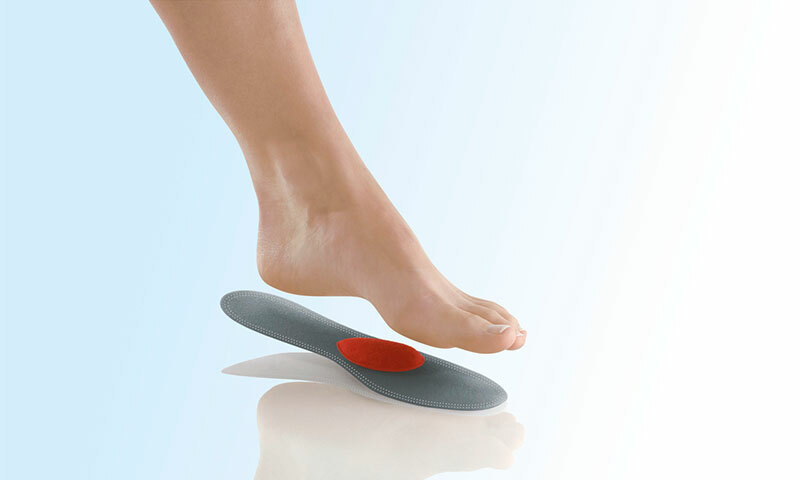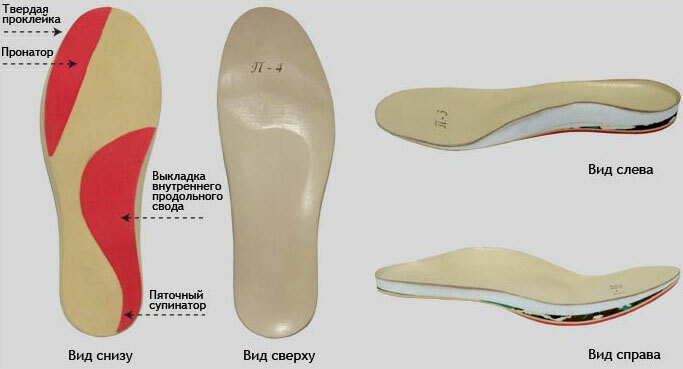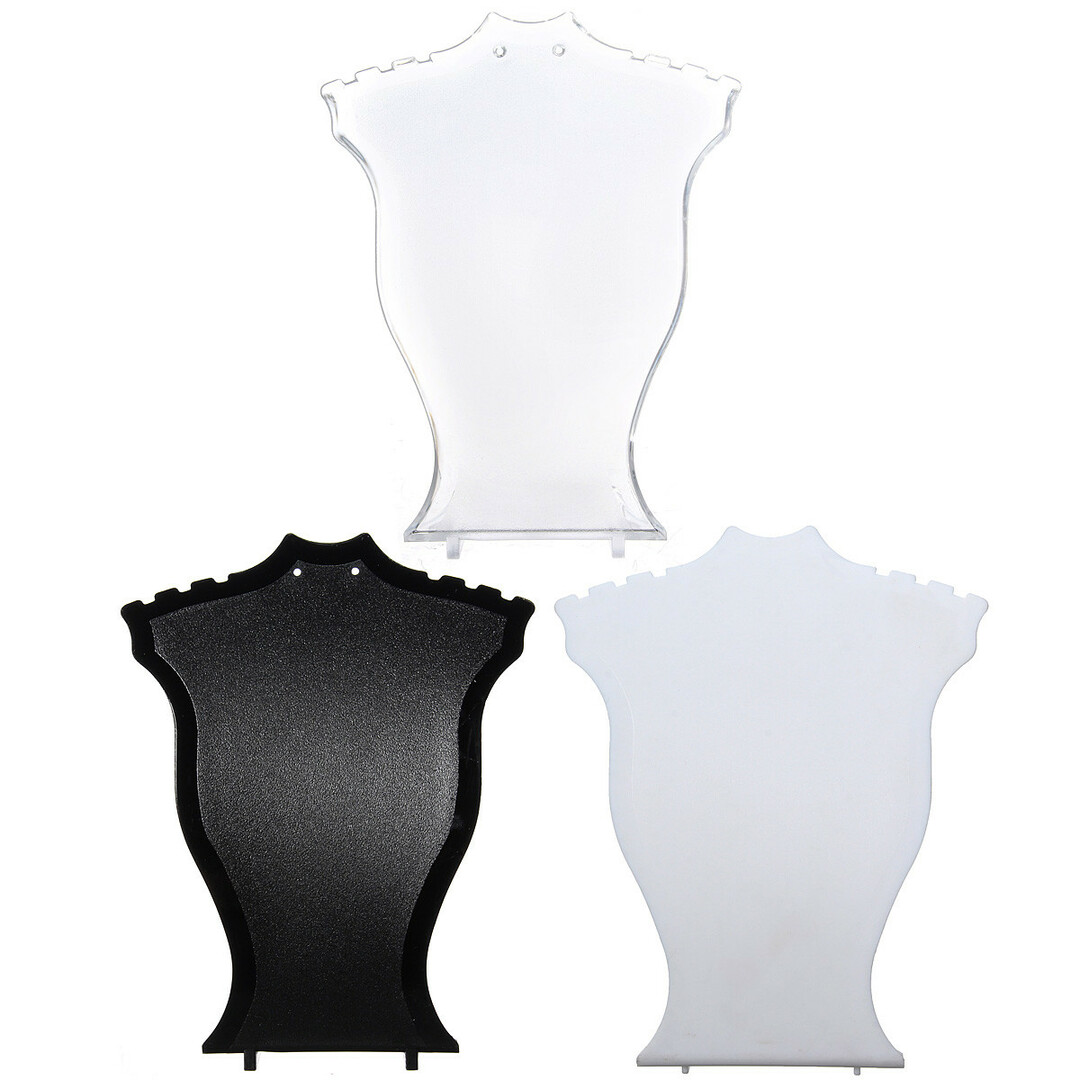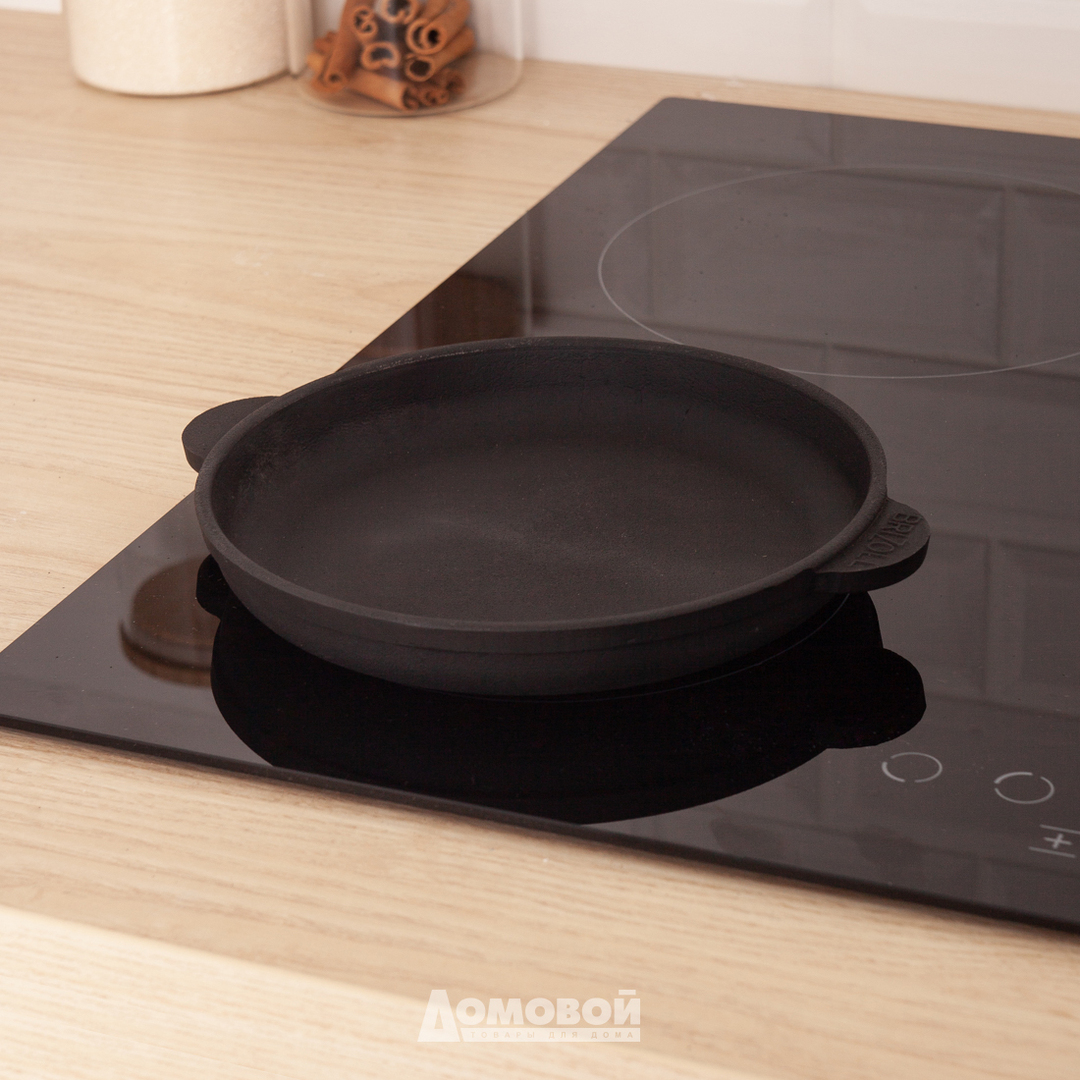Easy beautiful gait, no problems with legs and spine, tireless activity during the day - in all this an important role is played by the ideal health of the feet, timely prevention of flatfoot and its treatment. To eliminate the problems associated with flatfoot, and to prevent them, special insoles have been created that can be inserted into any footwear and used for various deformities of the foot. We will tell you how to choose orthopedic insoles for flat feet in each specific case and how to use them properly.

When orthopedic insoles are needed
Nuisance to the feet often manifests itself by quick fatigue, edema and pains in the lower leg and in the foot. Most often they are associated with deformation of the foot, with its incorrect position during walking or with heavy loads. Correctly selected orthopedic insoles can partially or completely eliminate such complexities as in diagnosed platypodia, and in a wide range of other cases.
Flat-footed "in a simple way" - this is the curvature of the arches of the foot, which perform the function of natural shock absorbers of the human body.
This can occur in the following cases:
- With congenital flattened arches,
- For musculoskeletal disorders( rachis and paralytic platypodia),
- After injuries,
- In the elderly, when the ligaments and muscles supporting the "vaulted shock absorbers ",
- In case of prolonged exposure to heavy loads:
- with active sports,
- in pregnant women and people with a large body mass,
- for those whose profession involves walking andwhether the standing position is more than 4 hours a day,
- when wearing shoes with a heel height of more than 4 - 5 cm, etc.
This is basically the so-called "longitudinal" flatfoot, which pulls the "profile" of the foot to the ground, increasing the load on the rest of its parts and on the spine. But no less dangerous is the "transverse" flattening of the arch, which is manifested by the burrs, the expansion of the foot and the appearance of the bulging bone of the thumb. With transverse flatfoot, we do not go to the doctors, but suffer no less than in standard medical situations.
The disappearance of natural foot protection can be replaced by a special device - an orthopedic insole, which will act as a "spring".For adults, it will exclude surgery and ease the burden on the legs, and children's orthopedic insoles are designed to adjust the structure of the baby's leg before it grows, and any changes will be impossible.
Insole with orthopedic effect can help not only with pronounced flat feet, but also prevent it. They are used when wearing shoes with a high heel or without a heel, as well as when getting too heavy loads on your feet in professional or other activities.
What they are
Orthopedic insoles come in different sizes and devices - they are selected according to the patient's foot problems and what is the purpose of their use. At the same time, it is now quite possible to find similar devices for both closed and open summer shoes for adults, children and the elderly.

Materials and structures
The main material of the insole can be plastic, latex, leather, cork and other materials. The main difference between them is the presence or absence of a rigid frame - divides the products into 2 groups that have different purposes:
- Solid wireframe - thinner insoles, used by people with a constant load on their feet( who often stands or walks during the day) and experiences great fatigue withoutpain;
- Soft are designed for use in cases of joint disease, during pregnancy, strong weight gain and exercise.
Types of
At the moment, several different types of orthopedic insoles are produced, which are created taking into account a specific problem or existing deformation:
1. Complete insoles , used for diagnosed platypodia:
- longitudinal - with "subsidence" of the longitudinal line of the arch of the foot,
- transverse - with transverse flatfoot,
- longitudinal-transverse - to assist with combined deformities.
2. Semi-insole-instepers , having reduced by one quarter of the full insole dimensions - for use in open shoes and with complexities of placing the full sample( shoe size reduction due to the liner, case of deformation of the toe).
3. The heels are recommended with heel spurs, different lengths of limbs and spine diseases that require shifting the load to other parts of the support system. In the latter case, the insole can be canceled upon recovery.
4. inserts are offered for unloading a specific area of the foot - in the presence of treads or their prevention, in particular when wearing high-heeled shoes.

Complete insoles, semi-insole, heel pads and pellets
Many manufacturers can offer orthopedic products, seasonally oriented - the most optimal options for summer, winter and demi-season shoes.
Parameters of choice
Of course, the question of which orthopedic insoles is better for you, should be decided based on their specific purpose. Therefore, before buying, you must first determine your diagnosis, best with the help of a qualified specialist - a doctor.
In addition, the following should be considered:
- The products you purchase must fit perfectly in the shoes - do not "hang out" and do not deform,
- Correctly made insoles must be at least three-layered,
- For calcaneal spurs, full or shortened insoles are used, always equipped with latex orgel heel pad thickness 3-10 mm,
- For children up to 7-8 years old orthopedic insoles can be found in the pharmacy, but for older age it is better to make them to order.
Specialized products for correcting or alleviating the problems of the musculoskeletal system, like tablets, can only cause harm if improperly selected. Do not engage in self-medication - how to choose orthopedic insoles for you or a child, should be decided only by the attending physician.
Cost
Orthopedic insoles cost from 500 rubles to 6 thousand and more, it depends on the type, size and brand:
- Children's products will cost about 2 thousand rubles for individual order and 600-900 rubles for the purchase of the finished product indrugstore,
- Supplement with strengthened arch support increases the price of orthopedic insoles by 1-1,5 thousand rubles,
- Full adult insoles - from 2,5 to 3 thousand,
- Products on order with individual details - up to 4 - 6-thousand.
Orthopedic insoles can relieve you of an existing disease or prevent it when the first symptoms appear. We hope that our small tips will help you with this.



